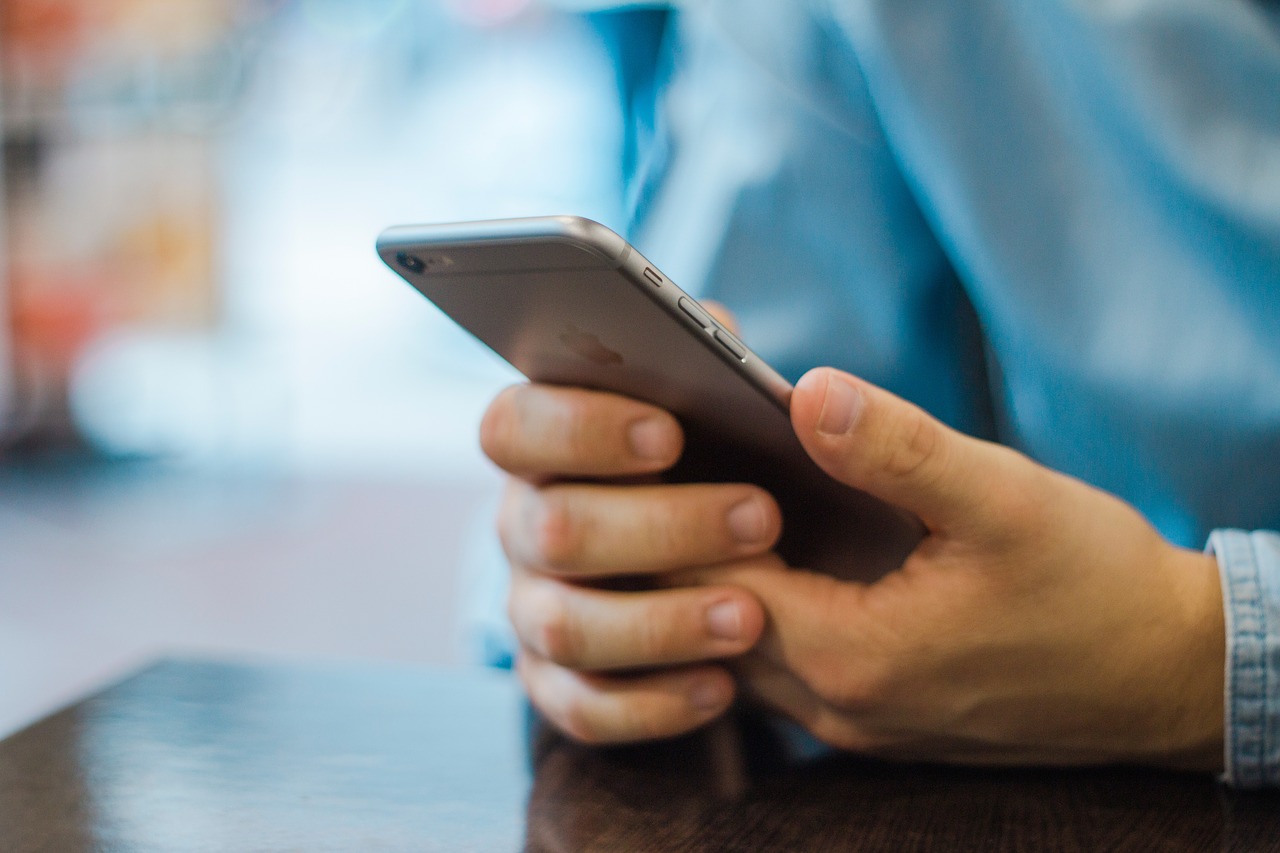Have you been relying on your smartphone even more than usual over the past year? If you’re like many people around the world, your phone has probably been doing double (or triple or quadruple) duty during the COVID-19 pandemic—as your home office, your means of socializing, your way to keep fit, and more. All these extra roles mean that it’s more important than ever to show your phone some love by taking some simple steps to keep it in top shape.
Read on to learn a few tricks to maintain the health and life of your smartphone.
Get a case.
Investing in a good case is one of the most important things you can do to protect your smartphone. Accidents can happen even if you’re careful, and dropping your phone on an unforgiving surface can result in damage that is expensive to repair or, in the worst-case scenario, unfixable. A good case literally shields your device from hard knocks, and it can help prevent everyday wear and tear as well. Best of all, for every smartphone model out there, there are dozens of different cases to choose from, from sleek and barely noticeable sleeves to chunky cases that can withstand the toughest smashes.
Use a screen protector.
Another piece of smartphone protective equipment that is worth investing in is a screen protector. Of all the many different smartphone components, the screen (along with the battery) is the most likely to fail or become damaged. When you consider how frustrating it can be to use a smartphone with a cracked screen, as well as how costly screen repairs can be, using a screen protector is an obvious way to keep your phone in top-performing condition. Look for one that is easy to apply and designed for your smartphone model.
Keep it clean.
Given how much you handle your phone over an average day, it’s hardly surprising that grime, dirt, and other debris build up quickly on the screen and in sensitive areas like the charging port and microphone area. This isn’t just an aesthetic issue: dust and dirt can prevent your charging port and headphone jack from working properly, while grimy smudges can obscure your camera lens and make your pictures come out blurry.
Fortunately, a good regular cleaning is all it takes to solve this problem. Take your phone out of its case and wipe it with a soft cloth. To clear built-up dirt out of the charging port and other areas, gently use a toothpick or cotton swab to scrape away any debris. If you want a sparklingly clean screen, you can use a screen cleaner that is safe for your smartphone model.
Store it properly.
Your smartphone is such a constant companion that it’s easy to slip into the habit of carrying it around carelessly. However, paying attention to where you put your phone and how you store it can go a long way toward keeping it in good shape. For example, don’t carry your device in a purse, bag, or pocket, where keys or other items could scratch or damage the phone. Avoid leaving your phone in a hot car or on a shelf or table in full sunlight, as extreme temperatures can damage the battery or other internal components. Finally, keep your phone away from moisture whenever possible, but if you do need to use your phone while out in the rain, dry it off carefully before putting it away.
Free up space.
A lack of storage space is one of the biggest factors that can slow down your phone and negatively impact its efficiency. To address this issue, make sure you do a regular checkup of everything you have stored on your phone. Start by doing an inventory of your apps, deleting any that you haven’t used recently. Photos and videos also take up a lot of space, and they don’t necessarily need to be stored on your phone. Instead, back them up using a cloud storage solution and remove them from your device. You can do the same thing for any other large files, such as documents or text message conversations, that are taking up unnecessary space on your phone.
Update your apps and OS.
After you’ve deleted any apps that you no longer need, make sure the apps that you do want are fully updated. If you’re using older versions of apps (or even an old version of your smartphone’s operating system), you won’t have access to new and improved functionality and your smartphone won’t be able to run them as effectively as newer versions. Plus, you may be more vulnerable to malware or security threats.
Power down.
Just about every electronic device benefits from being switched off occasionally, and your hardworking smartphone is no exception. Experts recommend powering down your phone for a few minutes at least once a week. This short break can help your phone run more efficiently, work out any bugs that might be impacting its performance, and boost its useful life span.

